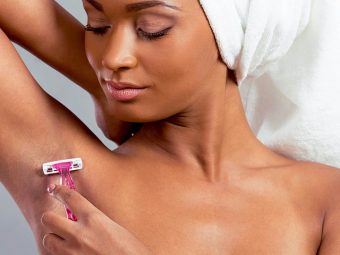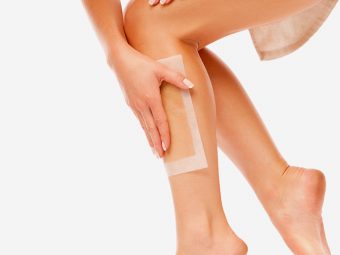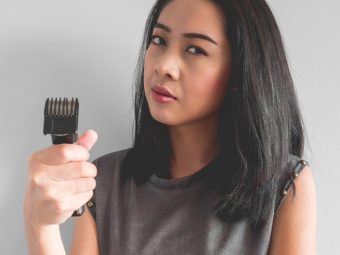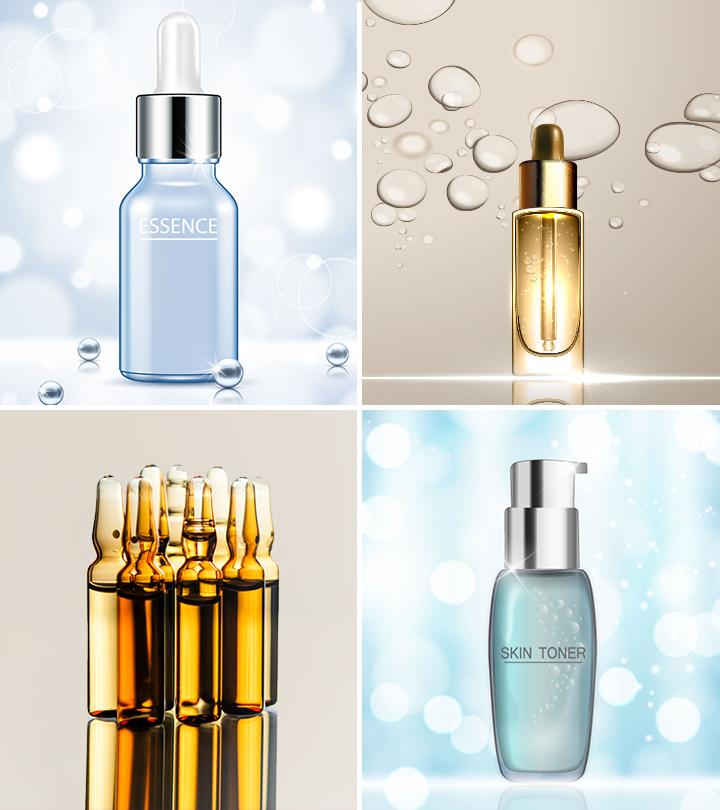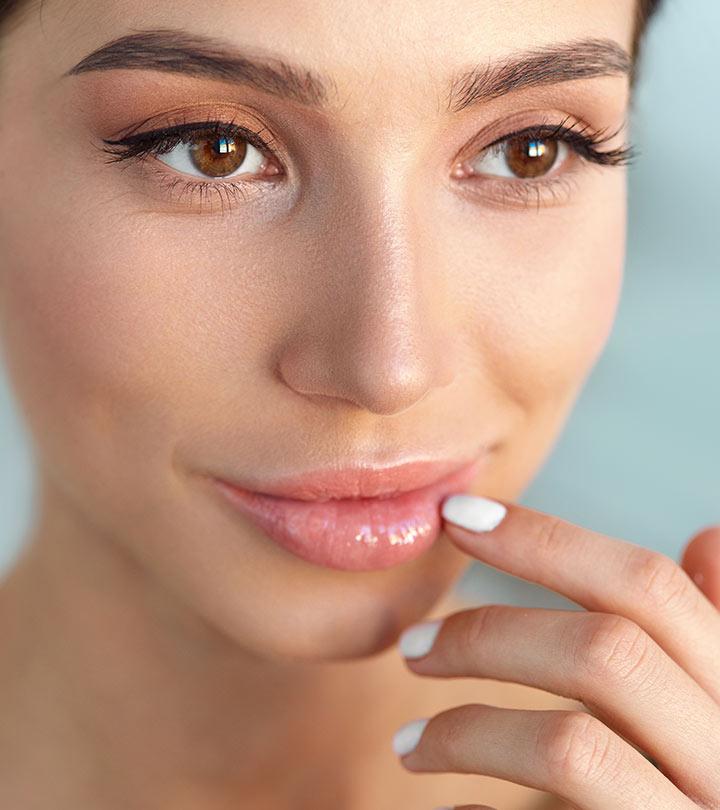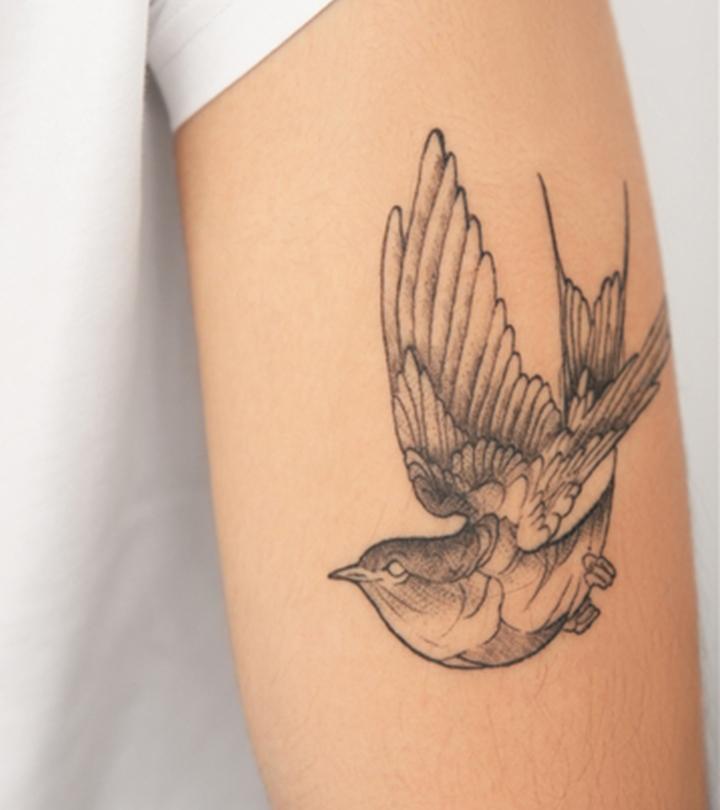Men’s Razors Vs Women’s Razors: What’s The Difference?

Image: Shutterstock
I must confess I am quite a lazy bum when it comes to the monthly ritual of waxing and getting my eyebrows shaped. It is a curious phenomenon, while I can find time for almost everything (including reading trashy movie gossip columns), finding time for the monthly salon visit is something that has eluded me for years. The monthly visit often ends up becoming once-in-two-months visit. Before you start thinking that I am an alternative-lifestyle loving hippie, I should tell you that I have resorted to another shortcut for my hairy issues — the razor.
I have always trusted this tiny little tool to handle my hair-hygiene issues, that it allowed me to escape the monthly visit to the very intrusive parlour-vali aunty was an added advantage. It so happened that last month I needed to get an emergency shave in order to get ready for a party. I went to the washroom, armed with a hot towel and shaving cream only to find that my trusty razor had been left out in moisture, and its blades had begun to gather rust. Since it was an emergency, I decided to use my husband’s razor. It did not fail me and I managed to attend that party without looking like a female chimpanzee.
About a week after the incident, I found myself staring at a pack of women razors in the feminine hygiene products aisle of the supermarket, wondering if I should shell out the 200 bucks that was its MRP or whether I should opt for the much more sensible and cheaper alternative, the men’s razor. Since I am a very diligent consumer, I bought a pack of each in order to conduct my own little experiment and find out if there was any difference between the two gendered options of the product. Here’s what I found:
1. There’s More To It Than The Colors
Contrary to what I believed, there was a difference between the two and no it wasn’t just in their colors. One of those differences was the swivel angle of the blade. In the case of the men’s razor, the “swivel” or the “shave” angle was much greater than the one in women’s razor.
My research on the Internet confirmed this fact, and according to it this was because men’s razors need to provide what is known as “aggressive exposure”. Since the hair in men’s beard is tougher and coarser than women’s body hair, more effort was required to cut it and thus the need for “aggressive exposure”.
2. Women’s Razors Are Larger And Have Rounded Heads
Since women’s razors are supposed to cover a much larger surface area as compared to the men’s razors they are often provided with much larger, and rounded heads. This is done so that additional features like a guiding bar can be installed which allow finer, longer hair to get cut. This also reduces the scope of getting nicks and cuts, which is a major possibility since the surface area is large.
3. The Blades In Men’s Razors Are Packed Differently
Since men’s razors are designed in a way so as to get a more close and accurate shaving experience they have much smaller heads, and the blades in them are packed more tightly. This allows the men to cut the coarse and thick hair on their face more closely, and since women often have coarse hair on their legs it can even give them a better shaving experience (as it did in my case). The only downside to this is that one has to be more careful while shaving so as to not cut themselves.
4. They Are Structurally Different
Though not apparent immediately, on closer inspection I found that both the razors are structured in a different manner. This was done to better accommodate the needs of their target customers. The women’s razors are often loaded with features like ergonomic contours and grips allowing them to reach the hard-to-reach corners of the body such as the ankle or the back of the knees with ease. Men’s razor had a more oblique angle since men had to look straight in the mirror while shaving.
Apart from these structural differences, which I found in almost all the razors across the brands, there were other more cosmetic ones as well. One of the brands had installed a strip of moisturizing aloe along the blades in the women’s razor so as to prevent the issue of razor burn. However, this little experiment still left me a little puzzled, for while the differences were there, they still weren’t enough to explain the gap in the price of the products. Needless to say, I added this as another con to my pro and con list of being a woman on this planet!
Hope this article answered all your razor queries. Please share your own observations or questions regarding this in the comments section.







